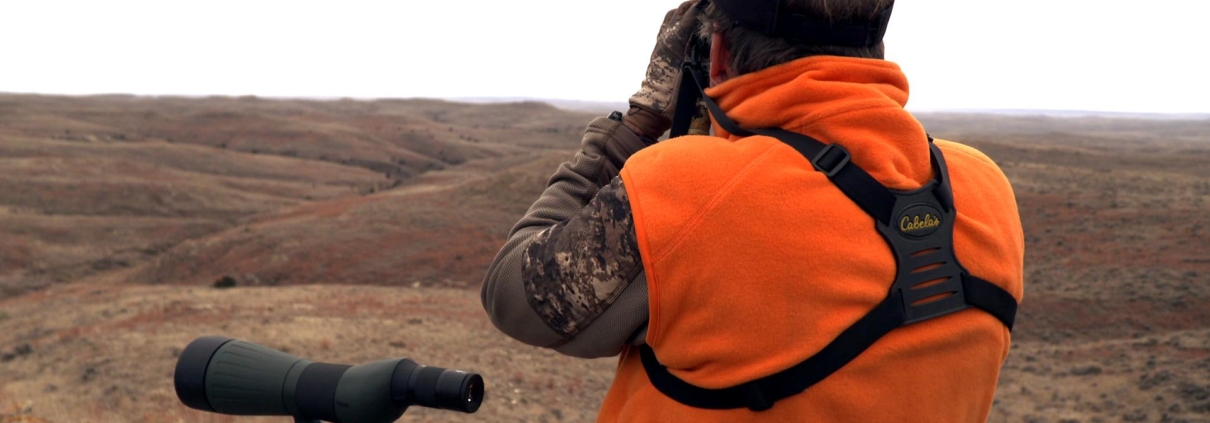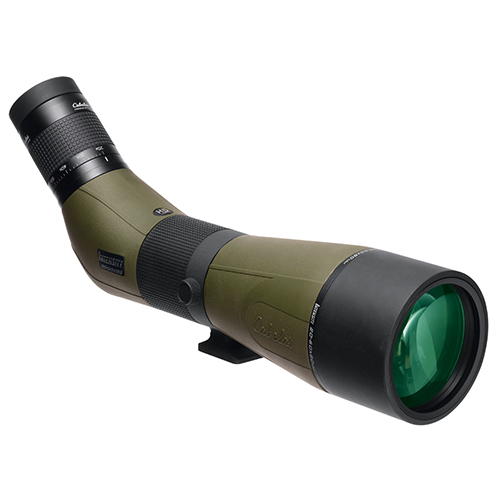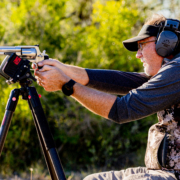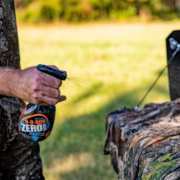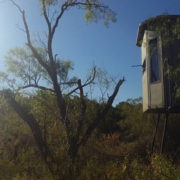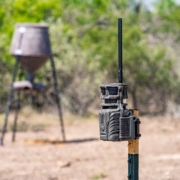Public Land vs. Private Land Hunting
By Wade Middleton
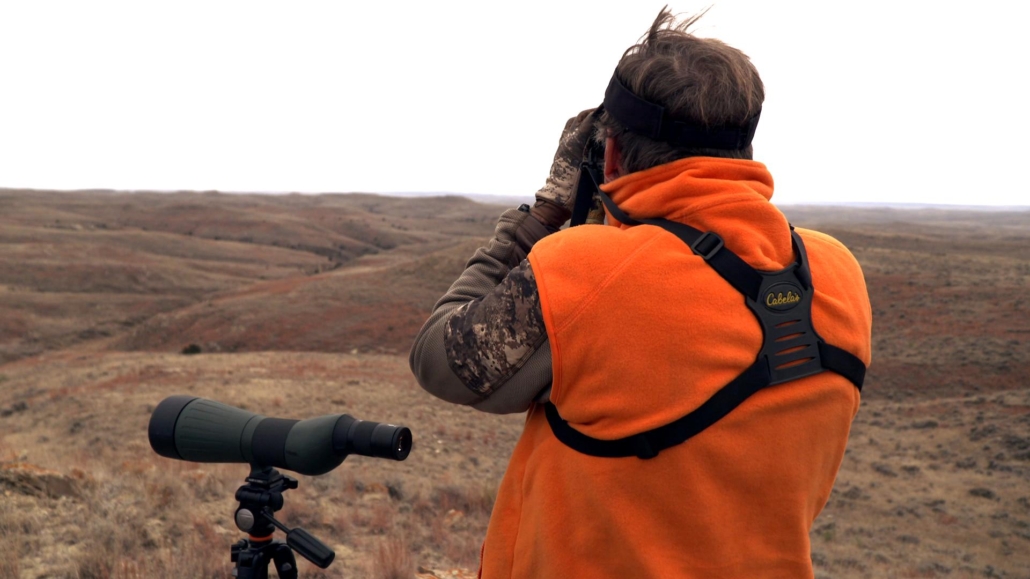
When it comes to hunting, the differences between public land and private land are substantial. Whether you’re preparing to hunt on public land where competition is fierce and resources are limited, or on private land where you can manage the environment and wildlife, each type of hunting offers unique challenges and rewards. In this article, we’ll explore these differences, providing you with essential strategies and tips to maximize your success in both settings.
Public Land Hunting: Strategies and Challenges
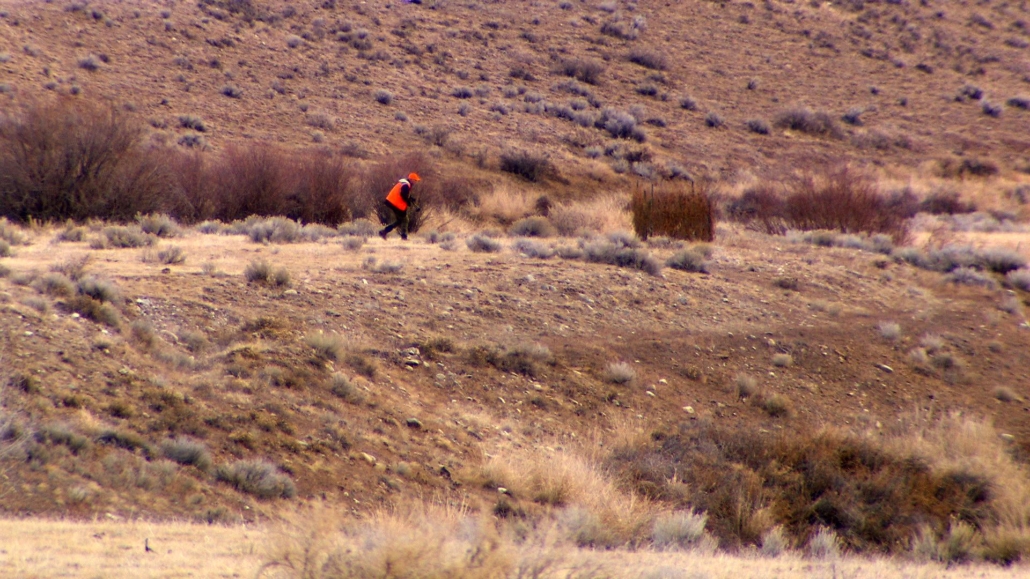
The Reality of Public Land
Public land hunting is often characterized by high competition and limited access. I grew up hunting public land in southern Oklahoma and thanks to that early on I learned I had to work harder to find success. On many public lands, there’s a designated opening day when everyone heads into the field simultaneously. Unlike private land, where hunters can set up permanent stands or blinds, public land regulations often prohibit leaving equipment in place for extended periods so deer can adapt to them. As a result, hunters must be mobile and adaptable on mobile land and they’ve got to expect the unexpected.
Adapting to Public Land Conditions
To succeed on public land, you’ll need to think creatively and be willing to go the extra mile—literally:
Mobile Setups: Invest in portable gear like saddles, climbing stands, or pop-up blinds that can be quickly set up and taken down. This mobility allows you to adapt to changing conditions and avoid high-traffic areas. Always check the local regulations for where you’re hunting to ensure what you plan on doing is legal. What might be allowed on one area may be against the law in another.
Getting Off the Beaten Path: The best hunting spots are often the ones that are hardest to reach. Consider venturing deep into the backwoods, behind slews, or along creek beds where other hunters are less likely to go. These less accessible areas can offer the best opportunities for encountering mature deer. Also keep in mind that the rush of hunters that often accompany public lands can work to your favor if you can figure out where the deer want to escape to.
The Thrill of the Hunt
Hunting on public land is a test of your skills and determination. It’s about finding ways to outsmart not just the deer but also other hunters. While the challenges are significant, the rewards can be just as great. Whether you’re hunting for meat or the thrill of the chase, public land hunting offers a unique and fulfilling experience.
Private Land Hunting: Management and Strategy
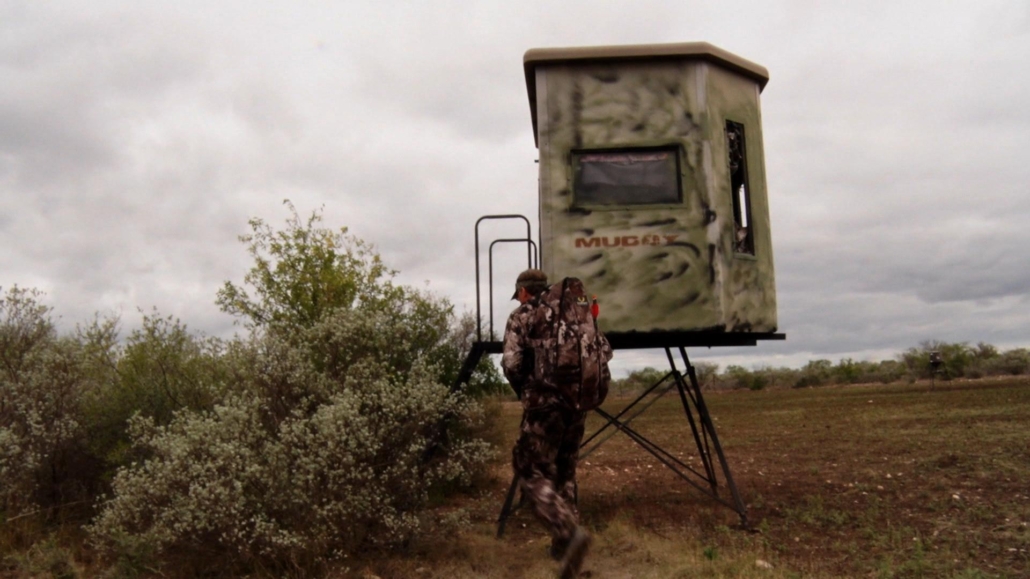
Managing Private Land for Better Hunts
Hunting on private land presents a different set of opportunities and responsibilities. Unlike public land, private landowners and leasers can manage their property to improve habitat, increase food sources, and promote the growth of older, more mature deer. This management can lead to a more controlled and productive hunting environment.
Creating a Hunting Strategy on Private Lands
When hunting on private land, your approach should focus on long-term planning and land management:
Food and Habitat Management: Implement feeding programs, plant food plots, and create cover to hold deer on your property for private property will pay off. This not only increases your chances of success but also contributes to the overall health and sustainability of the deer population.
Setting Realistic Goals: Private land hunters have the luxury of setting specific goals based on the unique characteristics of their property. Whether your aim is to harvest a trophy buck or manage the population by targeting specific age classes, having a clear plan helps ensure that your hunting experiences are rewarding.
Enjoying the Private Land Experience
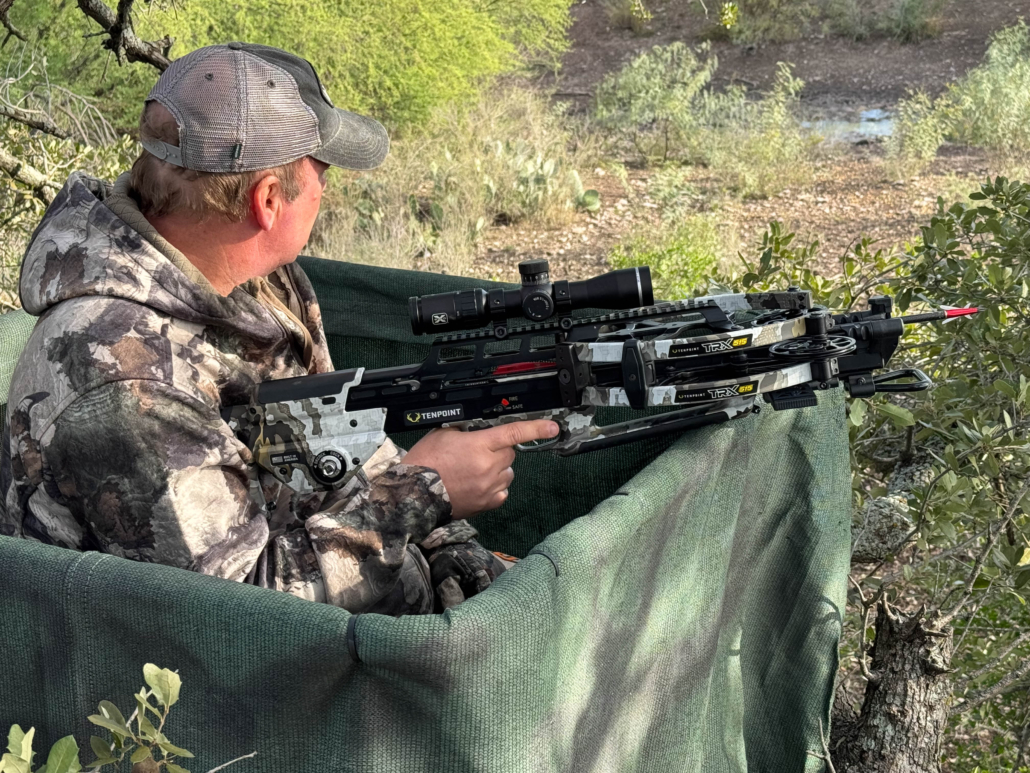
Private land hunting offers the opportunity to build a deep connection with the land and wildlife as well as other hunters. It’s often about more than just the hunt—it’s about stewardship, conservation, and the satisfaction that comes from managing a healthy and thriving ecosystem. Whether you’re hunting a spike or a trophy buck, the experience is enriched by the work and care you’ve invested in the land.
Hunting on public and private land requires different strategies, mindsets, and goals. Public land hunting is all about adaptability and resilience and having realistic goals, while private land hunting allows for management and long-term planning. Both styles offer unique rewards and challenges, and understanding the differences will help you maximize your success in the field.
No matter where you hunt, the key is to align your goals and expectations with the environment, making every hunt a fulfilling and memorable experience. Lastly don’t get hung about the social media posts on success and failures, we’ve found a lot of that noise to be fake over the years so do it for what makes you happy at the end of the day.

